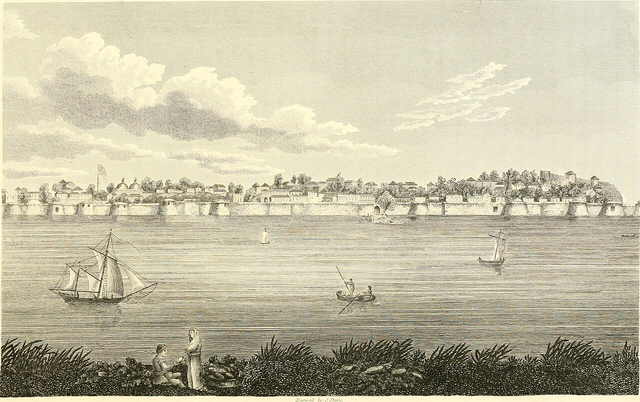
How Khambhat Became India's Agate Hub
June 23, 2025
Khambhat, formerly known as Cambay, is a coastal town in Gujarat, India, and holds the distinction of being one of the world’s oldest centers for agate stone working. Historical records date agate production in Khambhat back over 4,000 years, during the time of the Indus Valley Civilization. Archaeological excavations at nearby Lothal — a major port city of that era — have revealed beads and tools made from agate, jasper, and carnelian, many of which were traced to Khambhat’s riverbeds. The town is uniquely located near the estuary of the Mahi and Sabarmati rivers, where natural agate deposits are found. For centuries, the people of Khambhat mastered the art of cutting and polishing these stones by hand, developing skills passed down through generations. During the Mughal period and British rule, Khambhat’s agate crafts were traded across India and exported to the Middle East, Europe, and Africa. Today, Khambhat remains India's most renowned hub for agate and semi-precious stones. The city supports thousands of artisans and small-scale industries involved in creating a wide range of products — from spiritual tools and healing crystals to fine jewelry. Its legacy continues to thrive, blending ancient craftsmanship with modern demands.
Tumble StonesBraceletsJap MalasPendantsObelisks & PointsSphere / Ball / EggEnergy GeneratorsRune SetsOrgone ProductsWire Wrapped Pendants
https://mizaagate.com